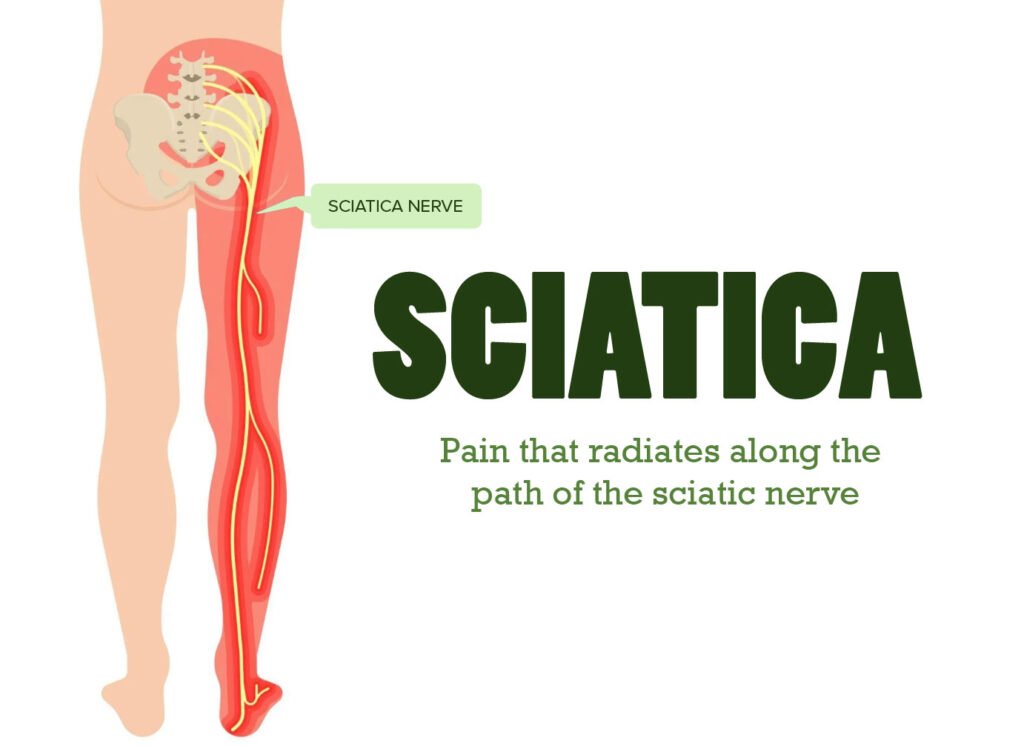
PAIN MANAGEMENT
Pain – A single symptom manifested as an unpleasant feeling like a prick,sting ,burn, or ache.
Different individuals have different manifestation and varied pain thresholds, meaning their bodies react differently in different individuals.
Types of pain
1.Musculo skeletal pain may be due to
Inflammation, muscular tear or sprain,muscular stiffness and spasms,frozen shoulder, and spastic neck condition
Sciatica ,disc bulge, disc herniation, disc compression ,cervical and lumbar spondylosis, and Myalgia,
Osteomalacia is one of the leading causes of pain due to the deficiency of Vitamin D due to inadequate mineralization .
2. Neurological pain due to nerve compression, Irriitation, and weakness due to nutritional deficiencies
3.Pshycho somatic pain due to stress ,anxiety, and hormonal imbalances
4. Pain due to autoimmune disorders like rheumatism ,psoriatic Anthritis, and gout
Pain management
After careful evaluation of the medical history management of the condition is done following any one of the following
Nutritional Supplements
Pharmaco theraupetic management using Naturally occurring Herbal products which have been in use since time immemorial.
Regimental theraupic intervention management with the help of identification and elimination of the causative factor through the help of
Dry cupping
Wet cupping
Cupping masaage.
Manual manipulation
Since ancient times, Hijama or wet cupping has been used as an effective pain management method .
It’s a sunnah of Prophet Mohammed( saws), and he has done Hijama for relieving the pain in different parts of the body through Hijama, like for Headach on Sunnah points like Yafooq Qamaduha and Al Akhdain
Shoulder sunnah points like located between the shoulder blades called Al Katifain for shoulder and back pain
Waist sunnah points for the Back pain, Urinary and kidney problems
Foot sunnah points for swellling and infertility and Arthritis and Rheumatic diseases and Gout.
An experienced physician of Unani medicine after careful history taking can rule out the appropriate cause of the specific pain and help in eliminating the causative factors leading to restoration of the health and well-being.